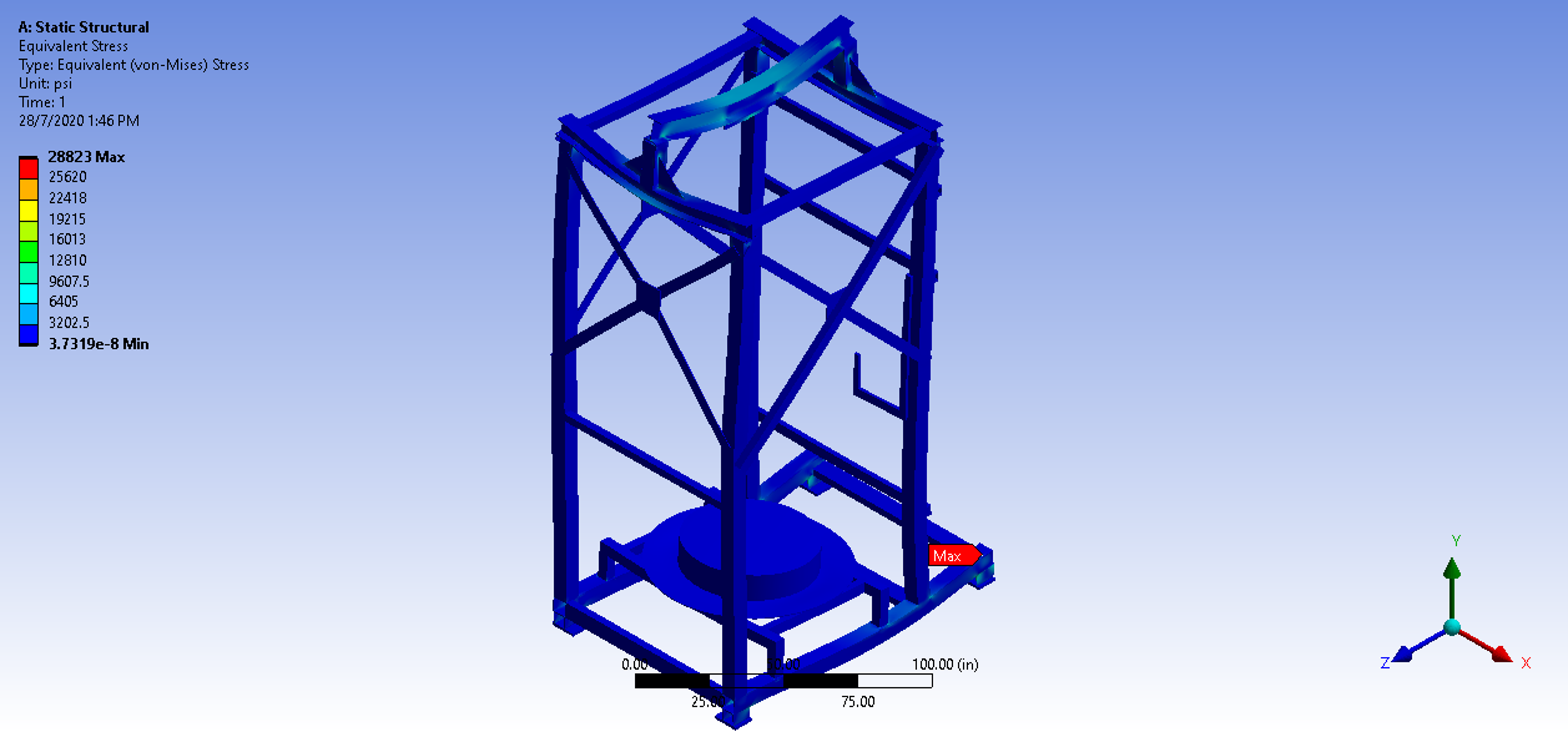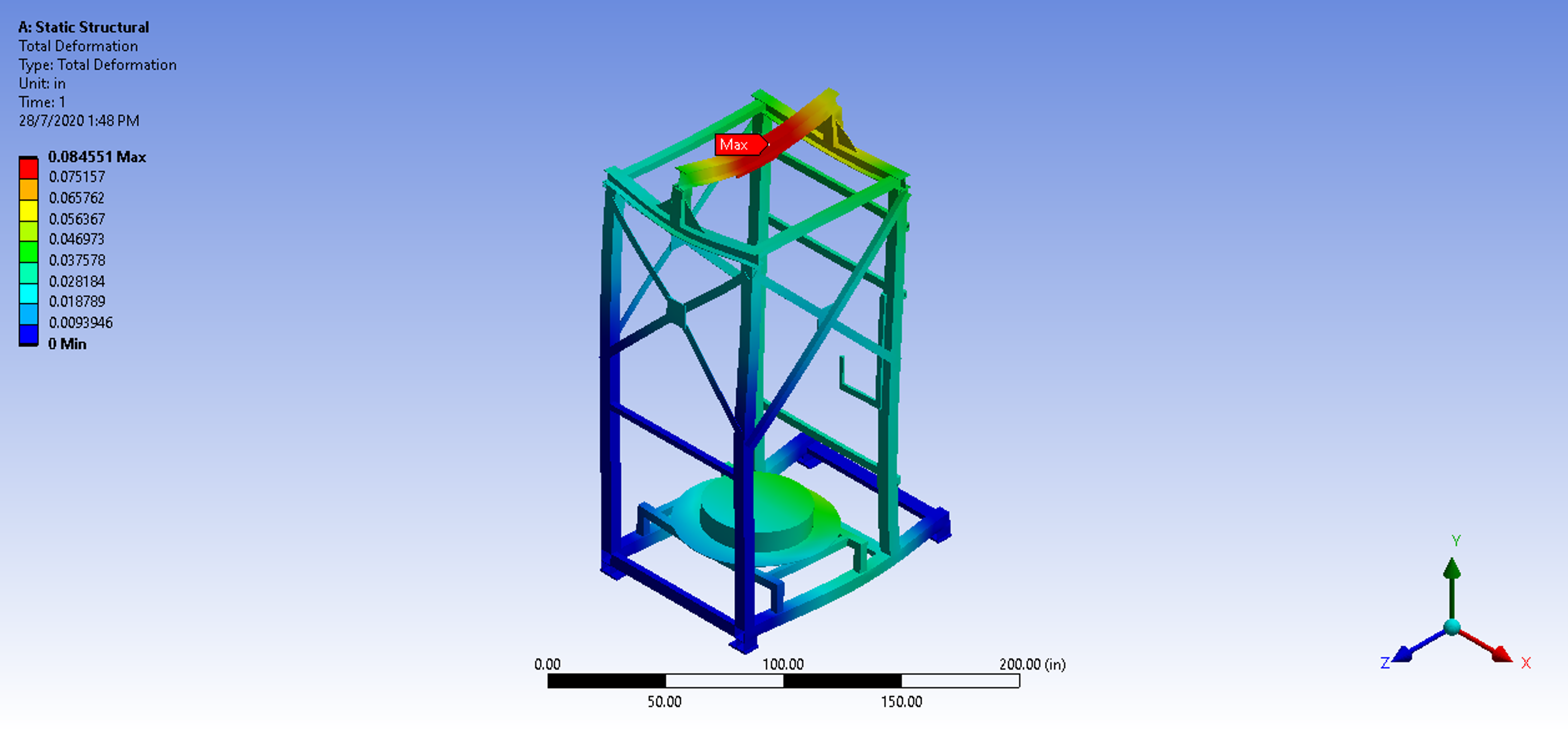Computational Mechanics
Computational mechanics is an interdisciplinary field that combines principles from mechanics, mathematics, and computer science to analyze and solve complex engineering problems. It is also part of the Structural Dynamics Modification (SDM) process.
Techniques
Analysis and simulation of the behavior of structures and materials using computational mechanics
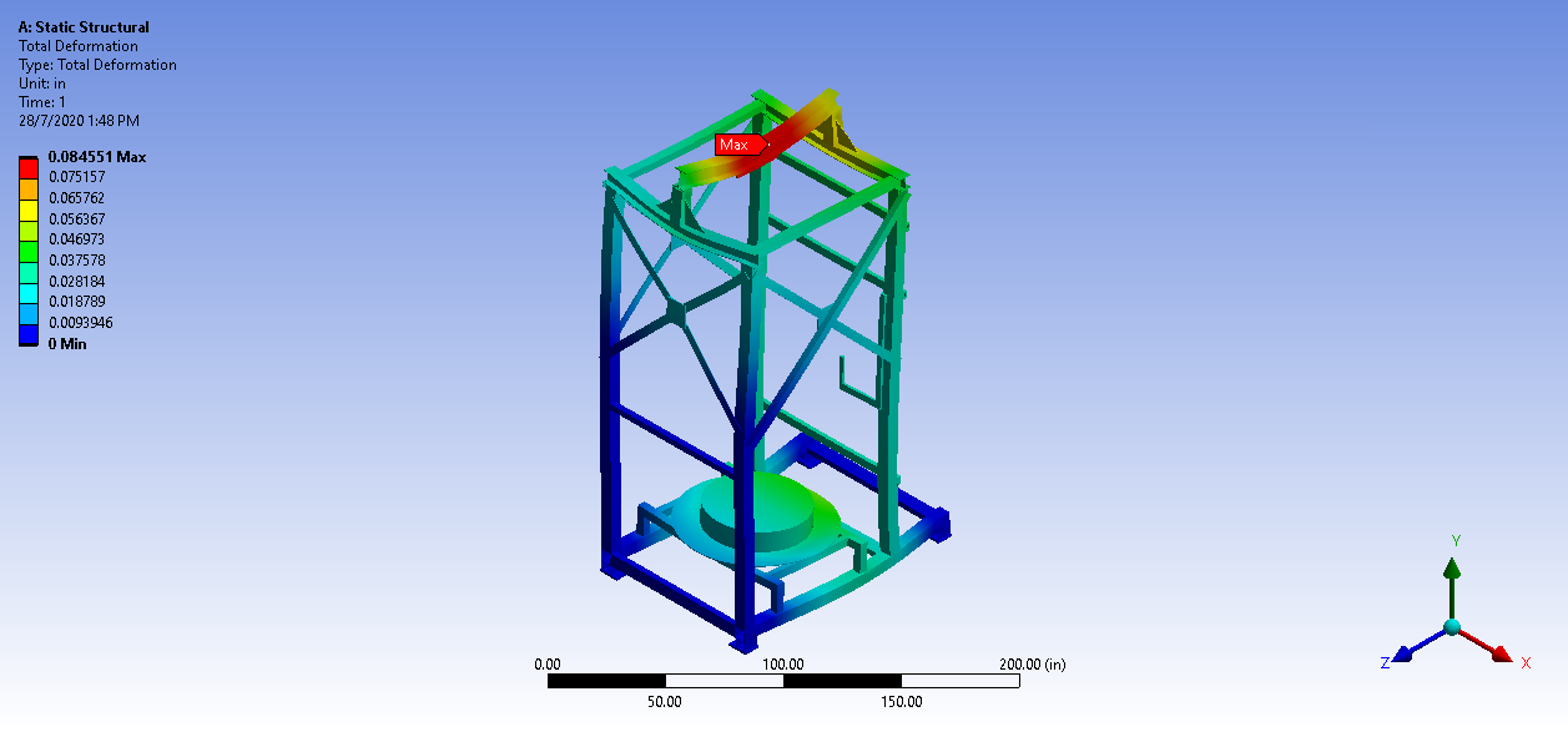
Geometry Creation
The first step is to create a geometric representation of the structure or material being analyzed. This can be done using computer-aided design (CAD) software or by importing existing CAD models.
Mesh Independence Study
A mesh independence study is performed to assess the convergence and accuracy of the results with respect to the mesh density. By systematically refining the mesh and comparing the results, the optimal mesh size is determined to ensure reliable and accurate simulations.
Contact Analysis
In situations involving contact or interaction between different parts or surfaces, contact analysis is performed. This accounts for the interaction forces, frictional effects, and separation between contacting bodies, ensuring realistic simulation of the contact behavior.
Safety Factor and Stress Analysis
Safety factor analysis involves assessing the structural integrity and reliability by comparing the applied loads to the structural capacity. This is particularly important for ensuring the structure can withstand the anticipated loads without failure or excessive deformation.
Stress analysis involves evaluating the distribution of stresses within the structure under the applied loads. This helps identify critical areas where stress concentrations or high levels of stress may lead to failure or fatigue issues.
Case Study
1. Setup
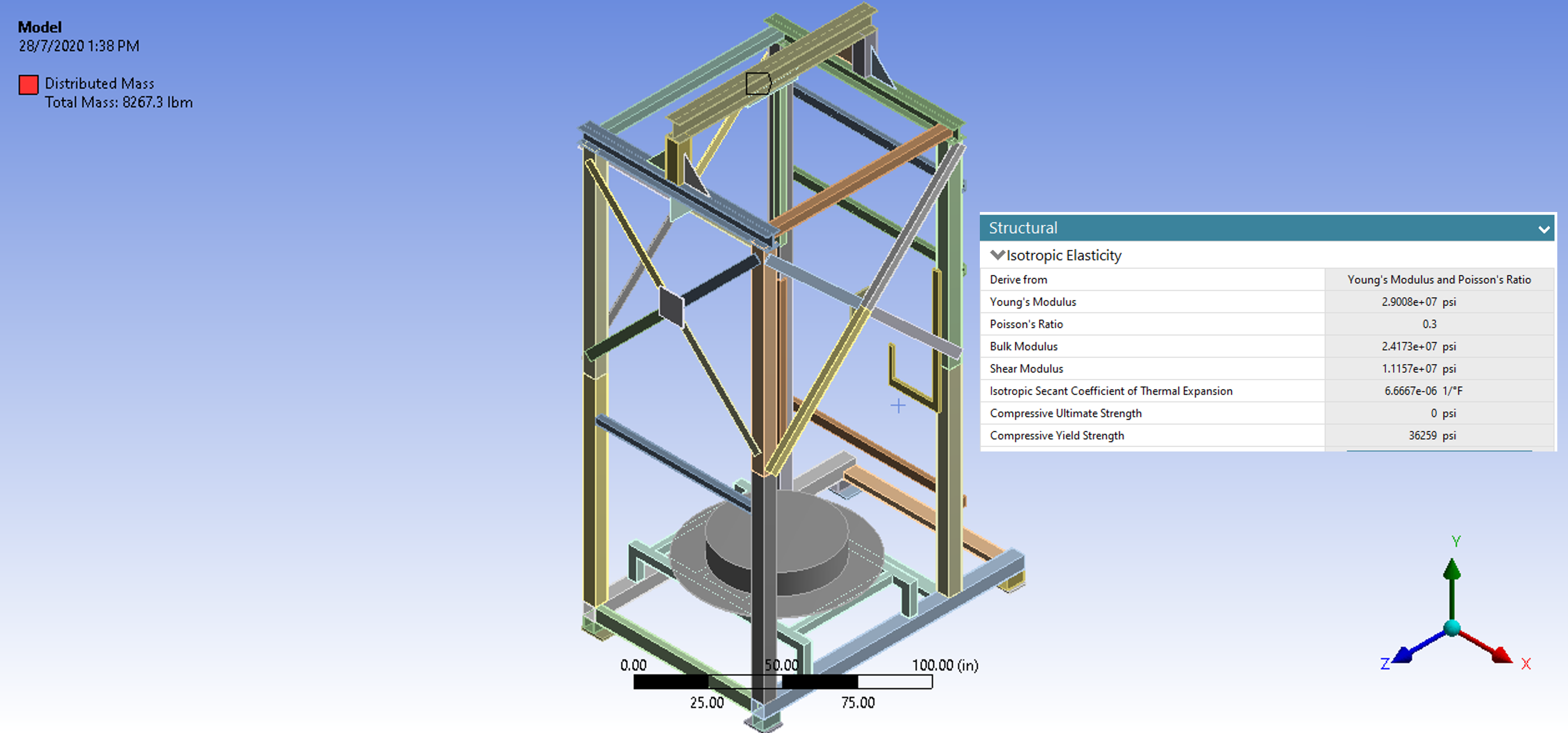
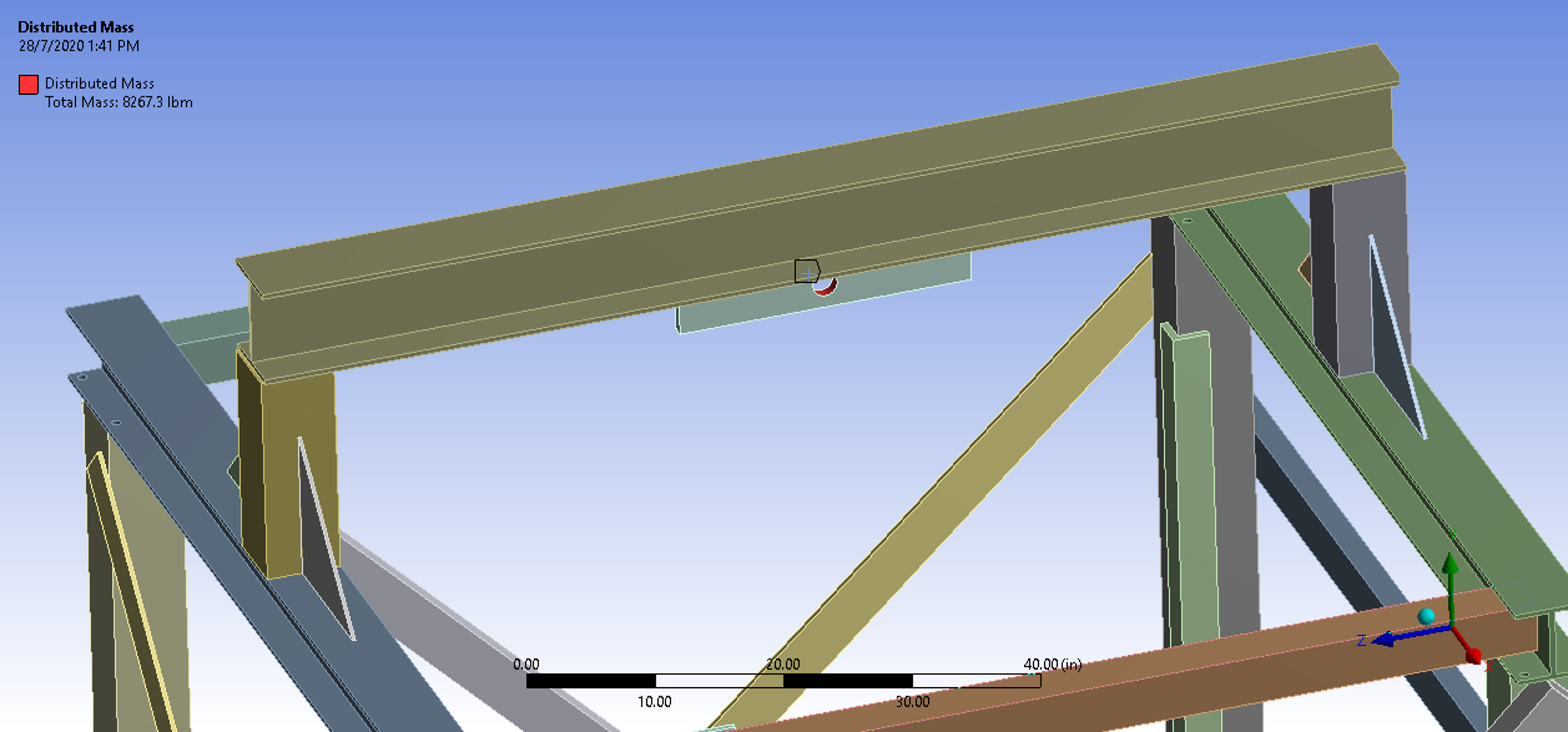
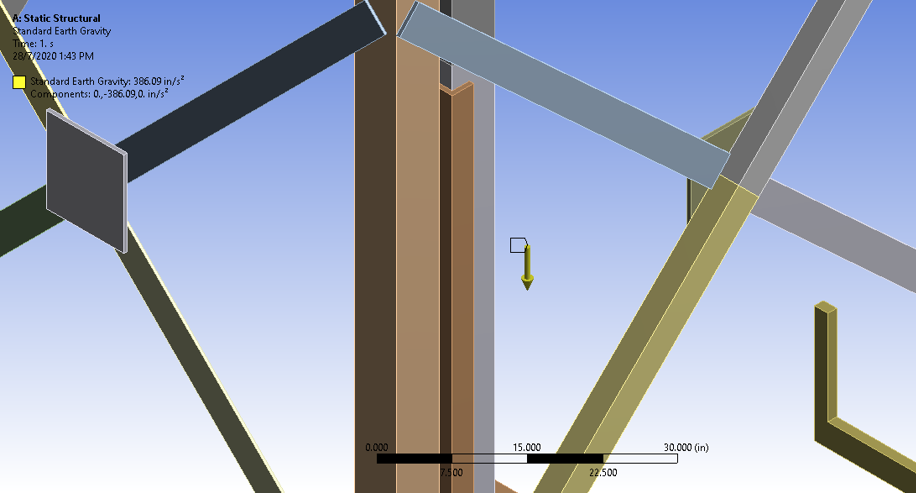
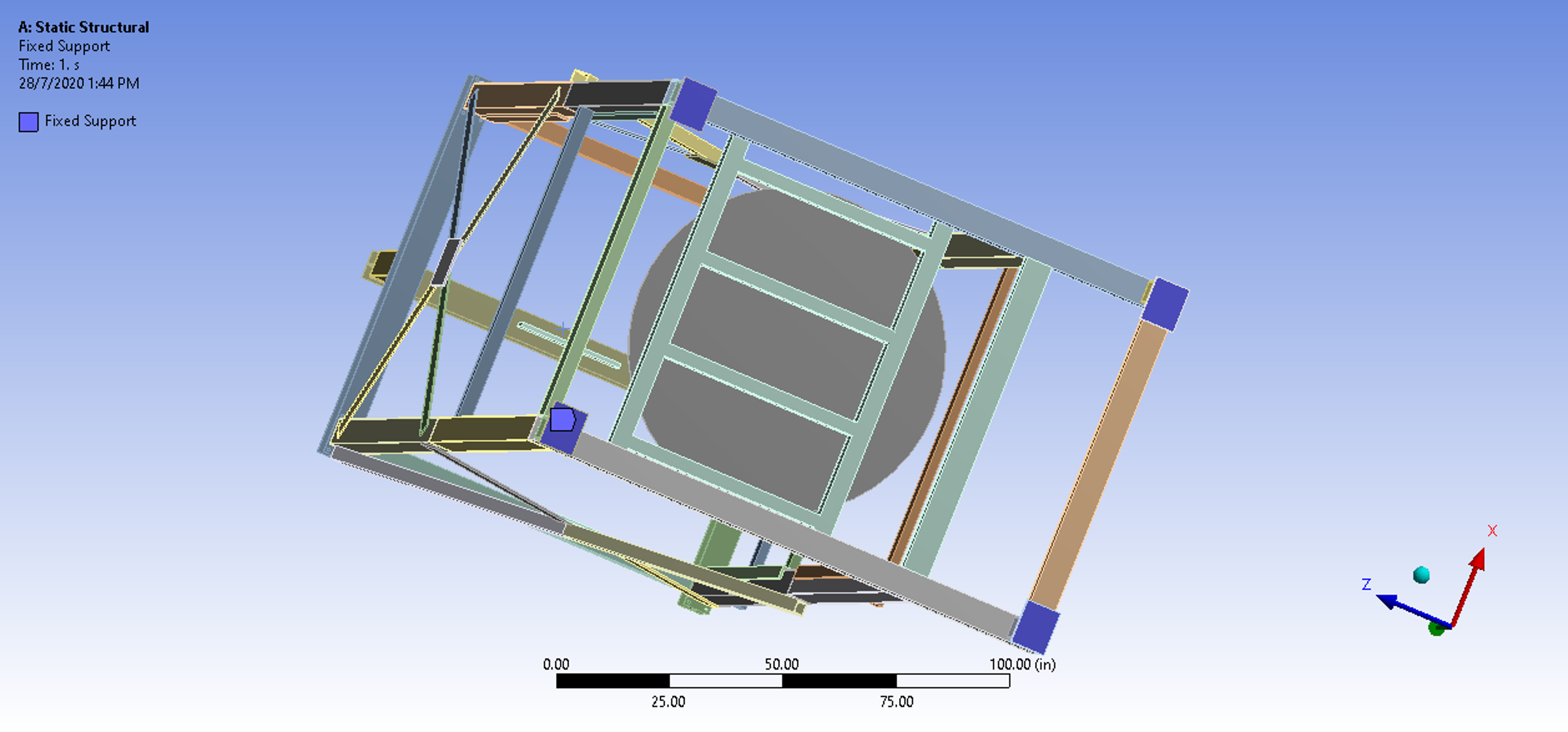
2. Safety Factor and Stress Analysis
